Pepper Power: 7 Spicy Secrets Behind the World’s Most Famous Corn!
Okay, let’s cut to the chase: you probably have a pepper grinder on your kitchen counter right now. But how often do you stop and think about what’s really inside those peppercorns? 🌿 If you’re like most people, probably not very often. Well, it’s time to spice up your spice knowledge! In this article, we’ll take a flavorful journey into the origins of black pepper corn — where does black pepper corn come from, how it made history, and why it’s still the king of the spice rack.
Table of Contents
- The Birthplace of Black Pepper Corn
- Black Pepper: The Spice That Built Empires
- How Peppercorns Grow: A Tropical Tale
- Not All Peppercorns Are Created Equal
- Top 5 Ways to Use Black Pepper Like a Pro
- Buying & Storing Tips for Maximum Flavor
- Health Perks of Black Pepper You Should Know
- Conclusion
The Birthplace of Black Pepper Corn
If you’ve ever imagined where does black pepper corn come from, picture yourself in the lush green landscapes of South India, particularly the state of Kerala. This is where the magic began. The plant behind your favorite seasoning? It’s called Piper nigrum, and it’s been growing wild in these tropical jungles for thousands of years.
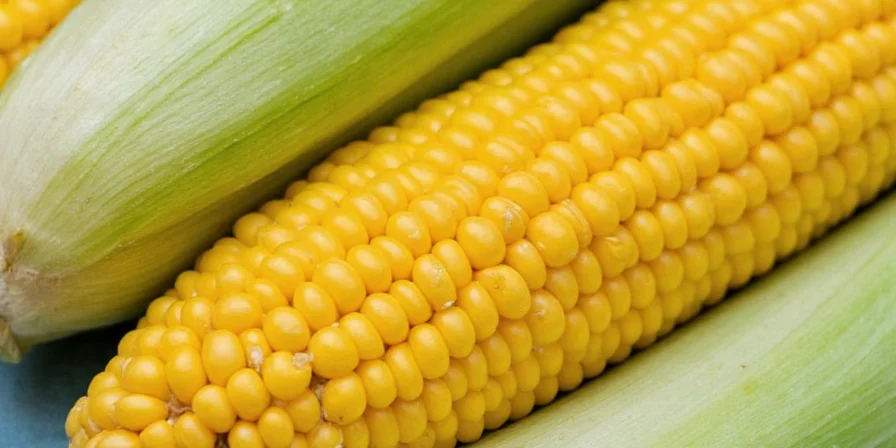
Kerala has warm, humid weather with plenty of rainfall — perfect conditions for black pepper vines to thrive. Historically known as the “Spice Garden of India,” Kerala was once the epicenter of global black pepper trade. Fun fact: the word “pepper” itself is believed to come from the Tamil word “piñtippu,” which meant berry in ancient times.
Black Pepper: The Spice That Built Empires
Long before salt became a seasoning staple, black pepper was so valuable that it was literally used as currency. Yes, you read that right — in medieval Europe, black pepper was worth its weight in gold! 🏦
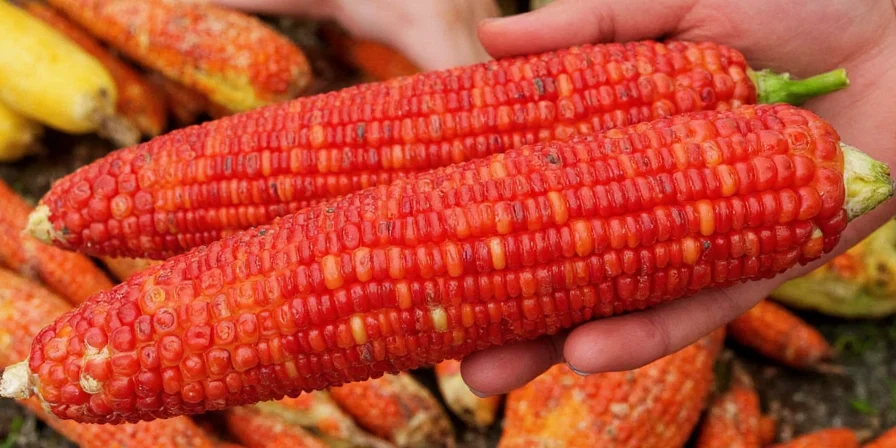
It wasn’t just about flavor — black pepper was also prized for its medicinal properties and ability to preserve food before refrigeration existed. European explorers like Vasco da Gama risked life and limb sailing around the globe just to get their hands on it. The spice trade wars were real, and black pepper played a starring role in shaping global history.
How Peppercorns Grow: A Tropical Tale
Here’s how the journey begins: black pepper comes from the flowering vine Piper nigrum. These vines love to climb trees or poles, reaching up to 10 meters high. Once mature, they produce small white flowers that develop into berries — and those berries are what we call peppercorns.

The timing of harvest determines the final color and flavor of the peppercorn:
- Green peppercorns: Harvested early, while still unripe.
- Black peppercorns: Sun-dried shortly after picking; fermentation gives them their bold flavor.
- White peppercorns: Soaked to remove the outer layer, leaving only the inner seed.
Not All Peppercorns Are Created Equal
You might think all peppercorns are the same, but you’d be wrong! Here’s a quick comparison of different types:
| Type | Harvest Time | Flavor Profile | Best For |
|---|---|---|---|
| Black Pepper | Semi-ripe, sun-dried | Sharp, earthy, spicy | All-purpose seasoning |
| Green Pepper | Unripe, pickled or freeze-dried | Grassy, fresh, mild | Dishes needing subtle heat |
| White Pepper | Ripe, soaked to remove hull | Mellow, woody, less complex | Cream sauces, light-colored dishes |
Top 5 Ways to Use Black Pepper Like a Pro
You don’t need to be a Michelin-star chef to upgrade your meals with black pepper. Here are five clever ways to use this powerhouse spice:
- Whole vs. Ground: Grind your own for maximum flavor. Whole peppercorns retain their punch longer than pre-ground versions.
- Add at the End: Heat can diminish black pepper’s volatile oils, so sprinkle it in at the end of cooking.
- Pair with Fatty Foods: Pepper loves fats — it helps carry its flavor. Great with butter-based sauces or grilled meats.
- Make Your Own Seasoning Blends: Combine with smoked paprika, garlic powder, or citrus zest for custom rubs.
- Try Pink Peppercorns: Technically not true pepper, but they offer a fruity twist in salads or desserts.
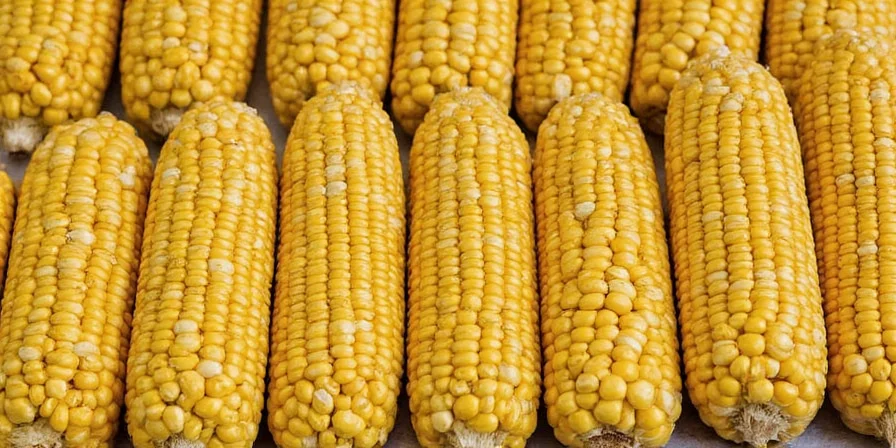
Buying & Storing Tips for Maximum Flavor
Want to keep your black pepper tasting fresh and fiery? Here’s how to do it right:
- Buy Whole Peppercorns: They last longer and grind fresher than pre-ground options.
- Use an Adjustable Grinder: Different dishes call for different textures — having control over coarseness makes a difference.
- Airtight Storage: Keep peppercorns in a cool, dark place away from moisture and direct sunlight.
- No Refrigeration Needed: Unlike herbs or some spices, pepper doesn’t need to be refrigerated. Too much humidity can ruin it.
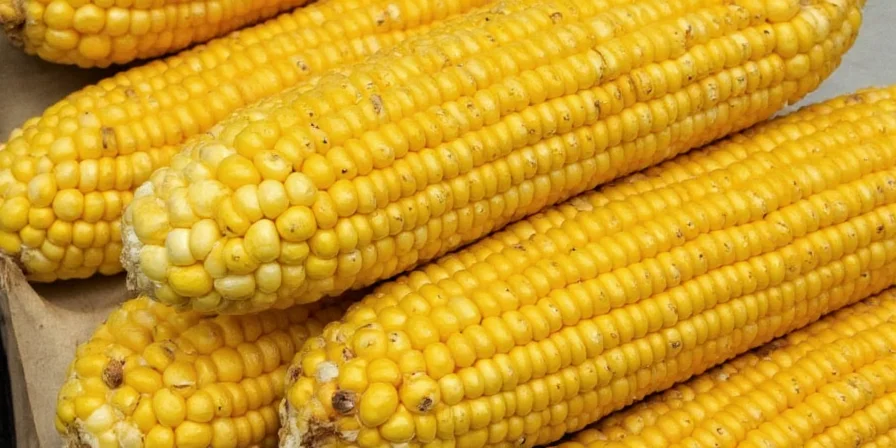
Health Perks of Black Pepper You Should Know
Black pepper isn’t just tasty — it’s got some serious health benefits too! One key player here is piperine, the compound responsible for pepper’s kick and its powerful bioavailability boost.
- Boosts Nutrient Absorption: Piperine increases the absorption of nutrients like curcumin (found in turmeric), making your meals more effective.
- Anti-Inflammatory Properties: Studies suggest black pepper may help reduce inflammation and ease joint pain.
- Antioxidant Rich: Helps fight free radicals in the body, supporting overall immunity.
- May Improve Digestion: Stimulates digestive enzymes, helping your gut break down food more efficiently.
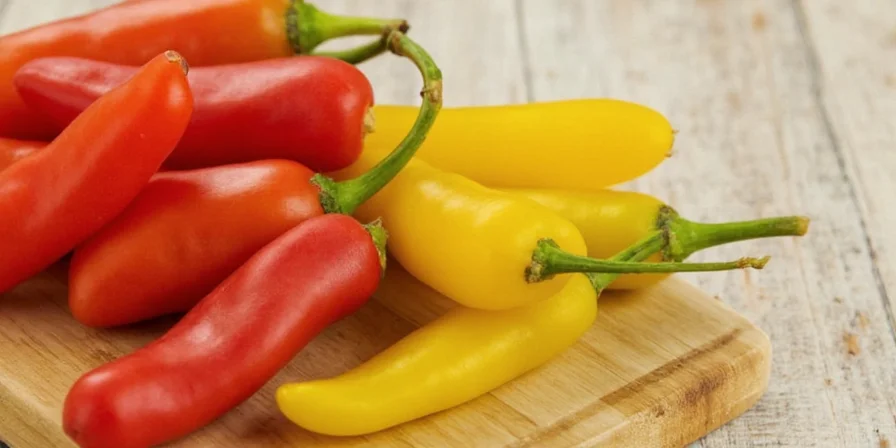
Conclusion
So, next time someone asks, “Where does black pepper corn come from?” you’ll know the answer goes way beyond the spice aisle. It starts in the tropical forests of India, winds through centuries of exploration and trade, and ends up sprinkled across your plate — bringing flavor, history, and health all together in one tiny package.
Now go ahead and crank up the heat responsibly. Your taste buds — and your body — will thank you!

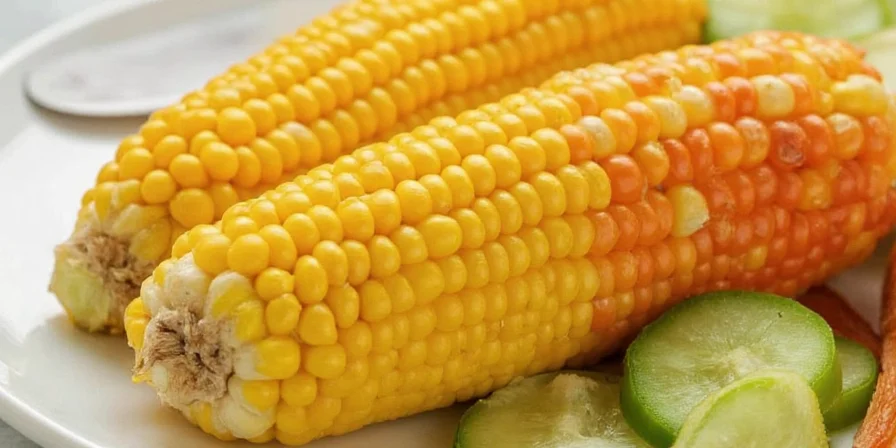









 浙公网安备
33010002000092号
浙公网安备
33010002000092号 浙B2-20120091-4
浙B2-20120091-4